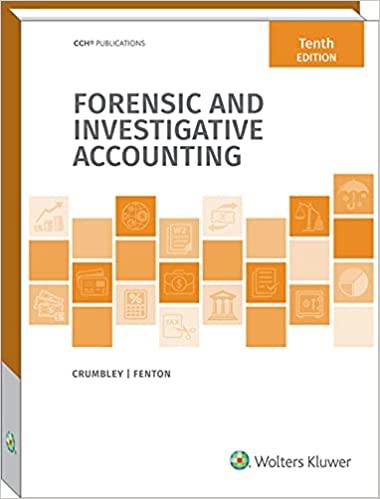Question
SUBJECT: PRACTICAL RESEARCH 2Quasi-experimental - In this type of research, the researchers can also manipulate variable to determine cause-and-effect relationship. However, its difference from the
SUBJECT: PRACTICAL RESEARCH 2Quasi-experimental - In this type of research, the researchers can also manipulate variable to determine cause-and-effect relationship. However, its difference from the true experimental is that participants are not randomly assigned. For instance, a researcher decided to determine the effects of playing classical music during the classes on the academic performance of students in Mathematics. The researcher may select two sections: one for the experimental group and one for the control group. The process of creating two groups doesn't require to apply random selection since there are already existing groups by sections.Survey Research - When a researcher is interested to know the opinions or ideas of a certain group of people about a particular issue, conducting a survey research is the most appropriate to do. The data will be collected from a sample population representing the entire group. To do this, the researcher often needs the help of a research instrument such as questionnaire, rating scale, etc.True Experimental - There are two essential characteristics that a quantitative research must have to be considered as a true experimental research. First is the manipulation of variable. The researchers can attempt to influence a dependent variable by manipulating the independent variable. Second, randomization. Participants or subjects of the study have equal chance to be assigned to either in the experimental group or control group before the conduction of the experiment. This kind of research, when done correctly is one of the most powerful design to establish cause-and-effect relationship. An example of this research is when a researcher wants to determine if sleep deprivation can significantly affect academic performance of a person. The researcher can manipulate the independent variable which is the number of sleep to cause an effect to the participant's academic performance which is the dependent variable.Single-subject Research - In some cases, researchers find it difficult to have a large sample size of respondents. So instead of creating groups, they extensively collect data on a single subject at a time.For example, a clinical psychologist has only 8 participants (people with special characteristic such as deaf and blind) in his study. Instead of creating two groups with four members each, he may just study them one at a time to extensively collect and analyze the data.Causal-comparative Research - In this type of research, the researcher is attempting to identify the cause-and-effect relationship without actually manipulating any variable. How does it become possible? A researcher may observe how two groups of individuals differ on weight and height when one is taking the normal diet and the other one is taking a new diet.Correlational Research - This type of research aims to identify possible relationships or associations between or among variables. However, a researcher cannot claim for a cause-and-effect relationship since it does NOT involve manipulation of variables. For example, a researcher found out that there is a strong BUT negative relationship between playing online games and academic performance. He can use it to predict that the more a student plays online games, the lower his academic performance may become or vice versa. However, the researcher cannot claim that playing online games can cause low academic performance. Why? It is because another variable may cause for that. What do I mean? Maybe, it's lack of sleep that can actually make a student's academic performance low and not necessarily playing online game.In some cases, researchers investigate for possible connections (correlational) before they proceed to experimental. Again, this type of study only investigates for possible associations which can be used for prediction.

Step by Step Solution
There are 3 Steps involved in it
Step: 1

Get Instant Access to Expert-Tailored Solutions
See step-by-step solutions with expert insights and AI powered tools for academic success
Step: 2

Step: 3

Ace Your Homework with AI
Get the answers you need in no time with our AI-driven, step-by-step assistance
Get Started


